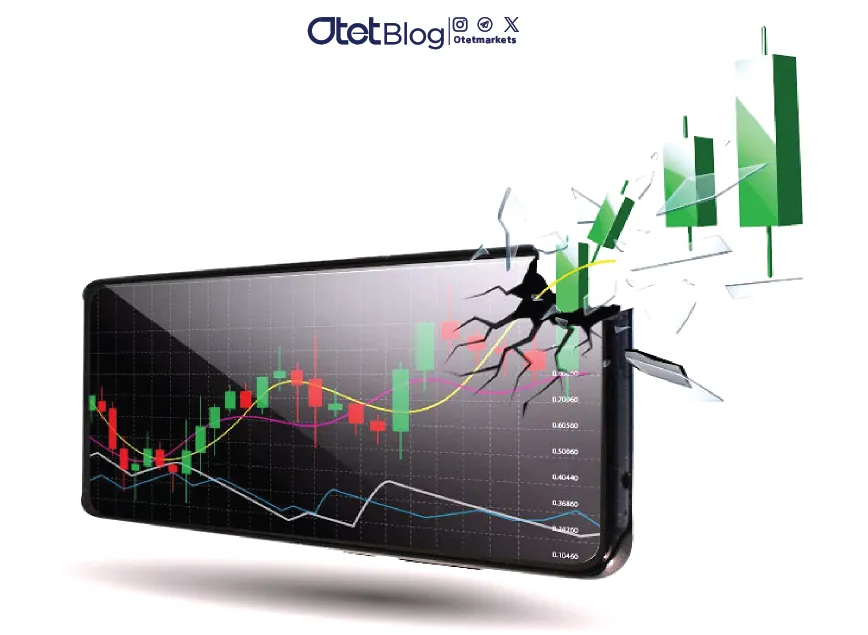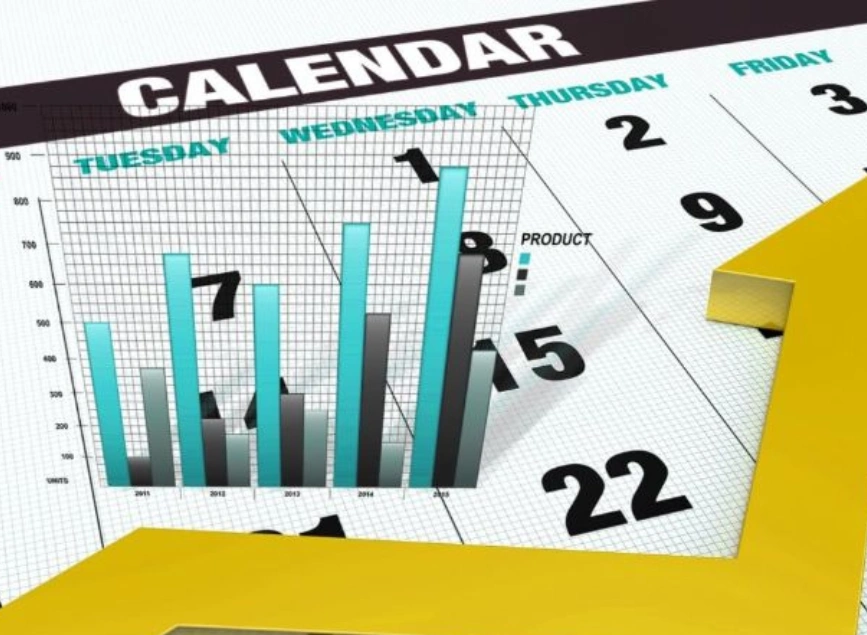
What is the Breakout Strategy?
Estimated reading time: 4 minutes
Table of contents
The Breakout Strategy is one of the most common trading methods in technical analysis. It is based on identifying and utilizing moments when the price breaks through a key support or resistance level. This movement usually signals the start of a strong new trend and can create highly profitable trading opportunities.
How the Breakout Strategy Works
Asset prices typically fluctuate within a defined range. When the market fails to break this range, it is said to be in a range-bound or consolidation phase. However, when the price breaks through one of these levels with high volume and strong momentum, a Breakout is said to have occurred.
Types of Breakouts
- Bullish Breakout:Price breaks above resistance and a new uptrend begins.
- Bearish Breakout:Price falls below support and a strong downtrend forms.
Tools to Identify a Real Breakout
To avoid entering on false breakouts, you can use these tools:
- Volume: A significant increase in volume signals breakout strength.
- Confirmation Candle: A second candle that confirms the breakout.
- RSI or MACD: Help determine momentum and filter out weak breakouts.
- Chart Patterns: Such as triangles, rectangles, or flags, signaling the end of a consolidation phase.
Entry Strategies Based on Breakout
- Direct Entry on Breakout: Enter immediately after the price breaks a key level.
- Entry After Pullback: Wait for the price to return to the broken level and confirm it as new support or resistance.
- Entry with Stop Orders (Buy/Sell Stop): Set an entry point above resistance or below support for automatic execution.
🛡 Risk Management in Breakout Trades
- Stop Loss: Slightly below the breakout level for bullish breakouts, and slightly above for bearish ones.
- Take Profit: Based on risk-to-reward ratio (e.g., 1:2 or 1:3), or with the help of Fibonacci levels and next resistances.
- Avoid Invalid Breakouts: Especially in low-volume or low-volatility markets.
Real Breakout vs. Fakeout
A Fakeout occurs when the price briefly breaks a level but quickly reverses.
To avoid this, always use a combination of indicators, confirmation candles, and volume analysis.
Comparison of Breakout Strategy with Other Strategies
🛡 Golden Tips to Avoid Fake Breakouts
❌ Many traders fall for fakeouts — prices that break a level but quickly return. To reduce this risk, follow these tips:
- Check Volume: A breakout without strong volume is likely fake.
- Wait for Confirmation Candle: Enter only if a candle closes above/below the level.
- Check Higher Timeframes: A breakout on a lower timeframe might not matter on a higher one.
- Wait for Pullback: Safer than jumping in immediately.
- Be Aware of News: Breakouts during major news releases are often unstable.
🌍 Best Markets for Breakout Strategy
Breakout strategy works best in markets with high volatility, strong volume, and predictable psychology. Top markets include:
✅ Forex:
Highly volatile, liquid, and responsive to key levels.
Great for scalping and swing trading.
✅ Cryptocurrencies:
Emotional behavior, sudden moves, often predictable with technical levels.
Requires caution for fakeouts.
✅ High-volume Stocks (e.g., Tesla, Amazon, Nvidia):
Often have clear support/resistance zones.
Usually show high volume during breakouts.
🚫 Neutral or Low-volume Markets:
Like some cross currency pairs or illiquid stocks, often unsuitable for breakout strategies.
Breakout Entry Checklist
🎯 Before every breakout trade, review this checklist:
🔲 Identify a valid level: Historical support/resistance, pattern top/bottom, or consolidation range
🔲 Volume spike during the breakout
🔲 Confirmation candle closing above resistance (or below support)
🔲 Pullback or direct entry — depending on your style
🔲 Clear entry point — on breakout or after pullback confirmation
🔲 Stop Loss just below/above the broken level
🔲 Take Profit based on market structure or risk/reward ratio (1:2 or more)
🔲 No major news at the same time
🔲 Breakout aligns with the trend on higher timeframe
Summary
The Breakout Strategy is one of the most powerful ways to enter a market at the beginning of a strong move. However, it only becomes profitable when combined with proper analysis tools, strict risk management, and patience for confirmation. Understanding the difference between real and fake breakouts is the key to success in this style of trading.
Share
Hot topics

Best Forex Trading Hours for Iranian Traders
The Forex market operates 24-hours a day, but clearly not every hour, equal it could even be every trading session, is profitable. There are times when the market sleeps, is...
Read more




Submit comment
Your email address will not be published. Required fields are marked *